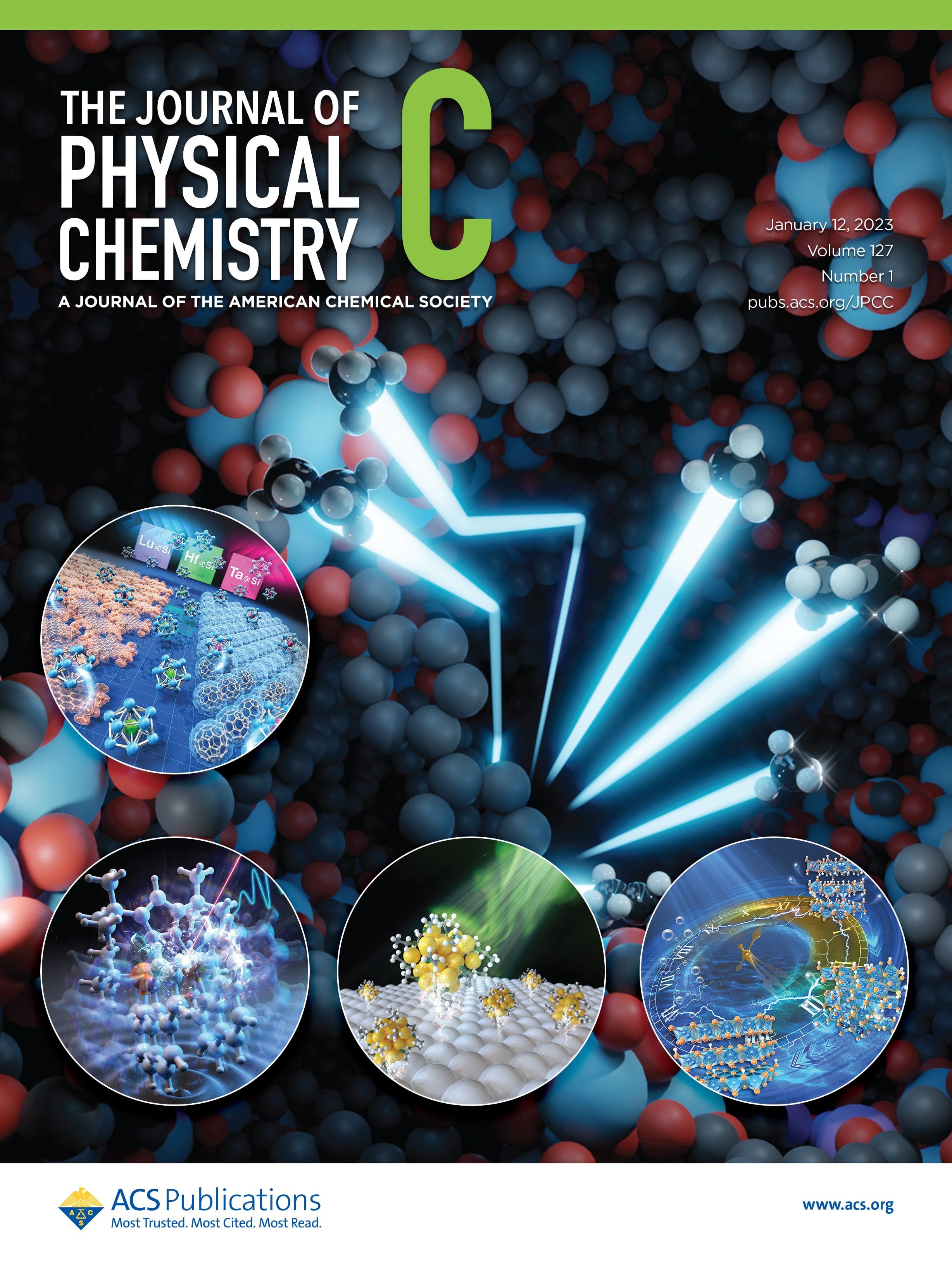This Virtual Special Issue seeks to highlight the key photophysical aspects of TADF systems and their relevant applications. Submit your manuscript by June 30, 2024.

The Journal of Physical Chemistry C will publish a Virtual Special Issue (VSI), Thermally Activated Delayed Fluorescence (TADF) Active Systems: Mechanism, Applications, and Future Directions. Researchers are encouraged to submit a manuscript describing their new and unpublished work by June 30, 2024.
This VSI seeks to highlight the key photophysical aspects of TADF systems and their relevant applications. To achieve this ambition, time-resolved spectroscopic and computational approaches, coupled with device characterization, are crucial. Of particular interest is the emergence of energy inversion within the singlet and triplet manifolds and its impact on the electronic transitions governing their excited state dynamics. Additionally, a detailed analysis of the nature of the excited states of twisted intramolecular charge transfer (TICT) and multi-resonance states (MR) states is needed. Understanding such electronic transitions is crucial for obtaining high efficiency and color (energy) purity in TADF systems for organic light-emitting diodes, sensing, metal-free photocatalytic applications, and other emerging technologies.
Topics of this VSI will primarily include, but are not limited to:
- Twisted intramolecular charge transfer states vs multi-resonance states for TADF
- Singlet–triplet inversion and the role of spin-vibronic interactions in TADF systems
- Generating and controlling the electronic transitions of TADF-active systems
- Emerging chemical moieties for TADF-active systems, such as excimers and exciplexes exhibiting TADF behavior
- TADF-active systems as photocatalysts
Organizing Editors
Prof. Ricardo Javier Vázquez, Guest Editor
Indiana University, Bloomington, United States
Prof. Naoya Aizawa, Guest Editor
Osaka University, Japan
Submission Instructions
All submissions to The Journal of Physical Chemistry will be handled by JPC Senior Editors and peer-reviewed with the same standards and expectations applied to all other manuscripts submitted to the journal.
To ensure an unbiased peer-review process, the journal asks that you do not indicate within your manuscript that the submission is intended for the VSI. If you do, your manuscript will be returned for correction. Instead, when you submit your manuscript, please state prominently in the cover letter for the submission that the paper is intended for the “TADF-Active Systems: Mechanism, Applications, and Future Directions” VSI. You can find a complete list of sections and other important information for authors in the The Journal of Physical Chemistry Author Guidelines.
As with all submissions to JPC, your manuscript for the VSI should represent a rigorous scientific report of original research. Manuscripts are expected to provide new physical insight and/or present new theoretical or computational methods of broad interest.
Contributing to this Virtual Special Issue
If you are unsure if your research is within the scope of this VSI or have other questions about submitting a manuscript to the journal please email JPC C Deputy Editor Gregory Hartland’s office at hartland-office@jpc.acs.org.
Submit your manuscript by June 30, 2024.
